OpenAI’s latest innovation, Sora, represents a significant leap forward in the realm of AI-driven content creation. This text-to-video model stands out for its ability to generate up to a minute-long videos that maintain high visual quality and closely adhere to user prompts. Aimed at empowering red teamers, visual artists, designers, and filmmakers, Sora offers an unprecedented tool for both assessing potential harms and enhancing creative projects.
Sora is a diffusion transformer model, that is it marries the type of image generation model behind Stable Diffusion with the token-based generators powering ChatGPT
What is Sora AI?
Sora is a cutting-edge diffusion model capable of transforming static noise into dynamic, detailed videos through a series of steps. It excels at creating complex scenes with multiple characters, specific motions, and accurate background details. Its deep understanding of language allows it to interpret prompts precisely, generating videos with compelling characters and vibrant emotions. Moreover, Sora can create videos with multiple shots, consistently maintaining characters and visual style throughout.

How to Use Sora AI
To use Sora AI you first need to get access to it!
Sora is becoming available to red teamers to assess critical areas for harms or risks. As explained here, OpenAI is currently granting access to a number of visual artists, designers, and filmmakers to gain feedback on how to advance the model to be most helpful for creative professionals.
OpenAI is sharing their research progress early to start working with and getting feedback from people outside of OpenAI and to give the public a sense of what AI capabilities are on the horizon.
Pros
- High-Quality Video Generation: Generates minute-long videos with detailed scenes and characters.
- Complex Scene Management: Handles multiple characters and specific types of motion effectively.
- Language Understanding: Deep language comprehension for accurate prompt interpretation.
- Creative Flexibility: Supports various creative domains by generating multiple shots and maintaining visual consistency.
Cons
- Physics Simulation Limitations: Struggles with accurately simulating complex physics and cause-effect scenarios.
- Spatial Detail Confusion: May mix up spatial details, such as left and right.
- Temporal Precision: Faces challenges with precise descriptions of events over time.
Pricing
As Sora is currently in a feedback and assessment phase with access limited to selected professionals, pricing details are yet to be announced. Future updates from OpenAI will provide information on availability and pricing structures for broader use.
Use Cases
- Creative Industries: Film making, animation, and design can leverage Sora for prototyping and creative exploration.
- Education: Offers a tool for creating educational content that is engaging and informative.
- Content Creation: Streamlines the production of dynamic video content for digital platforms.
Safety Measures
OpenAI is taking significant steps to ensure Sora’s responsible use by implementing safety measures like adversarial testing, misleading content detection, and compliance with usage policies. These measures aim to mitigate risks associated with misinformation, bias, and inappropriate content.

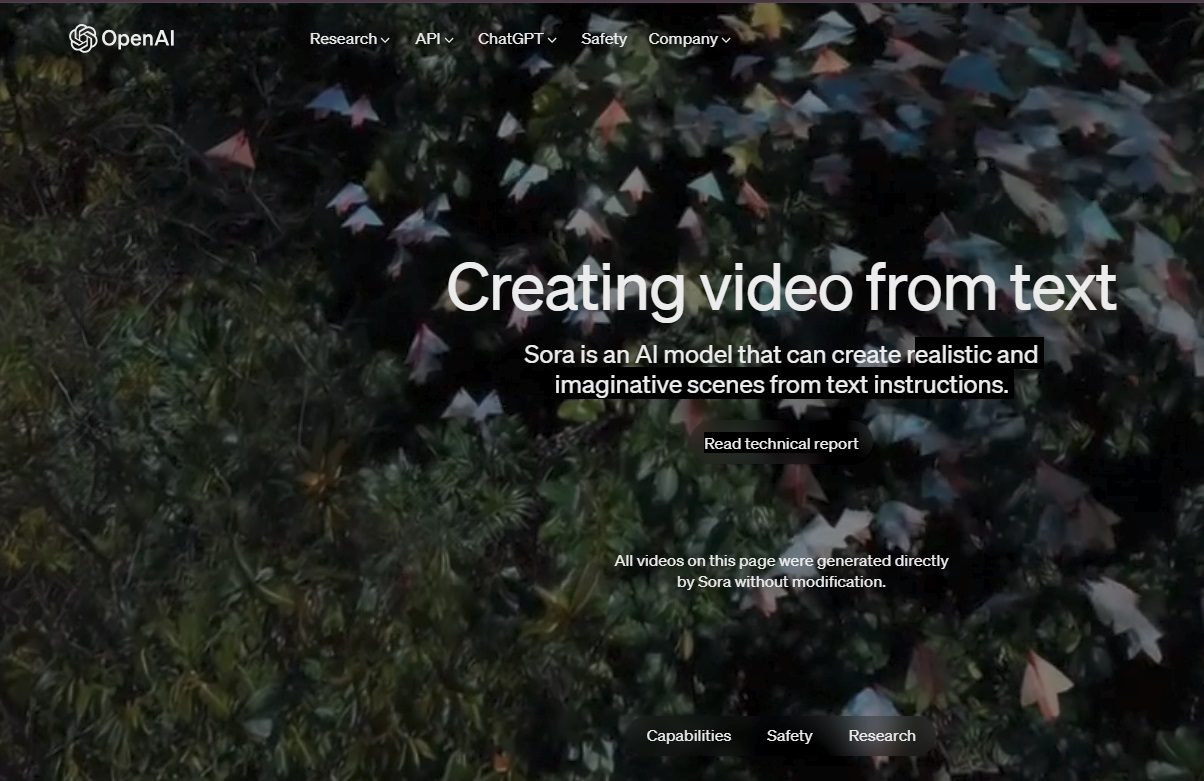
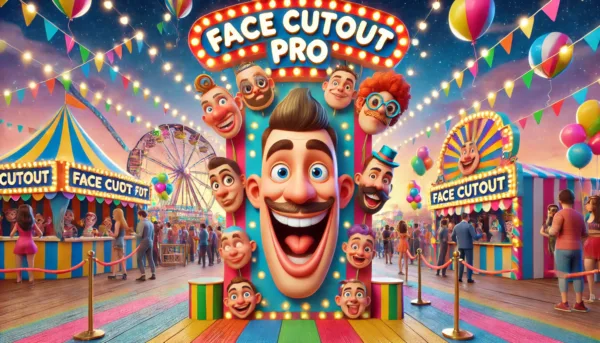
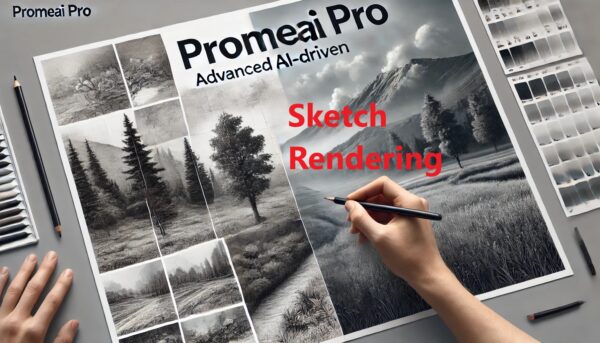
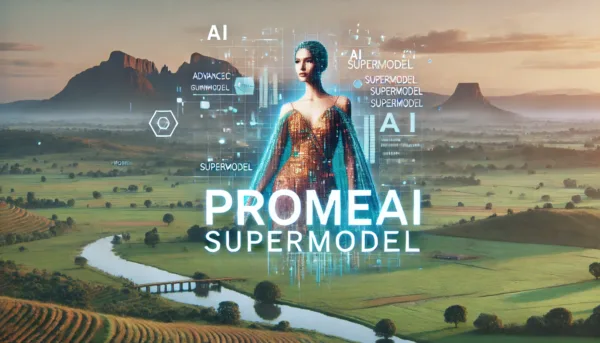
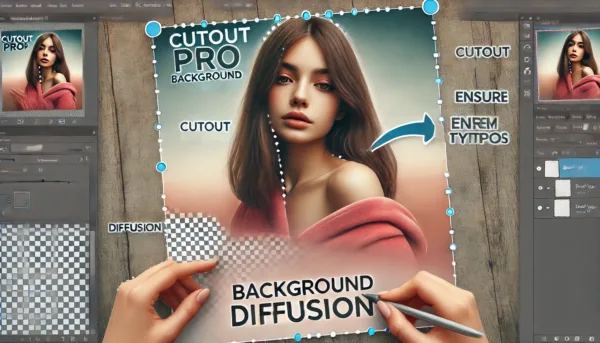



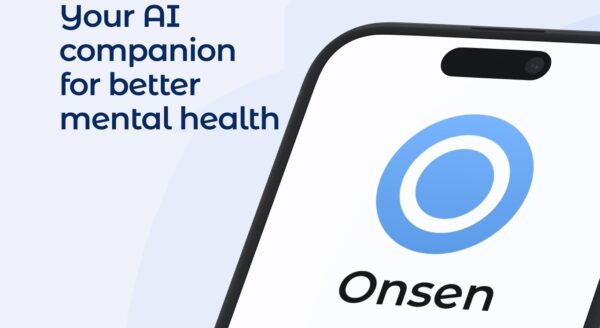
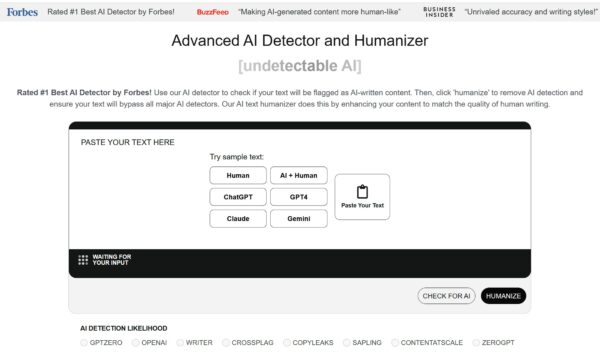
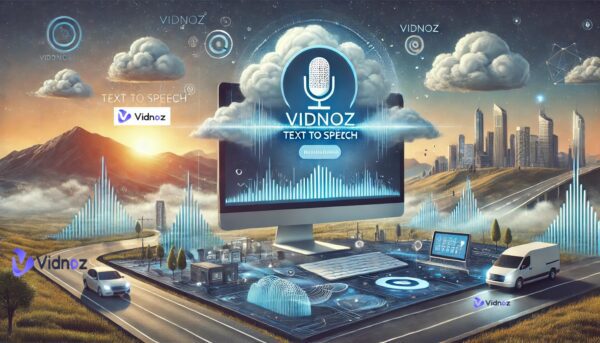
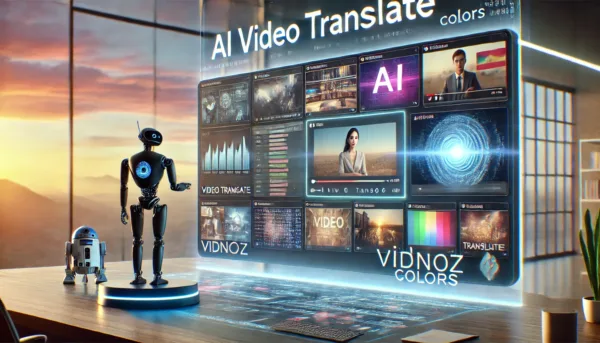
Leave a Reply
You must be logged in to post a comment.